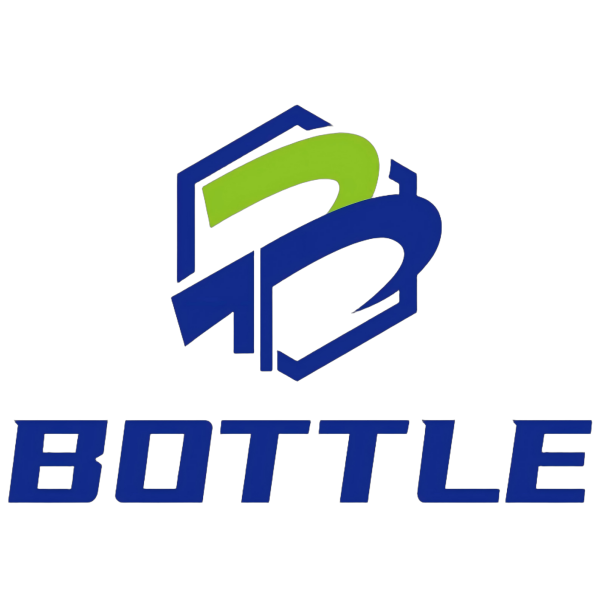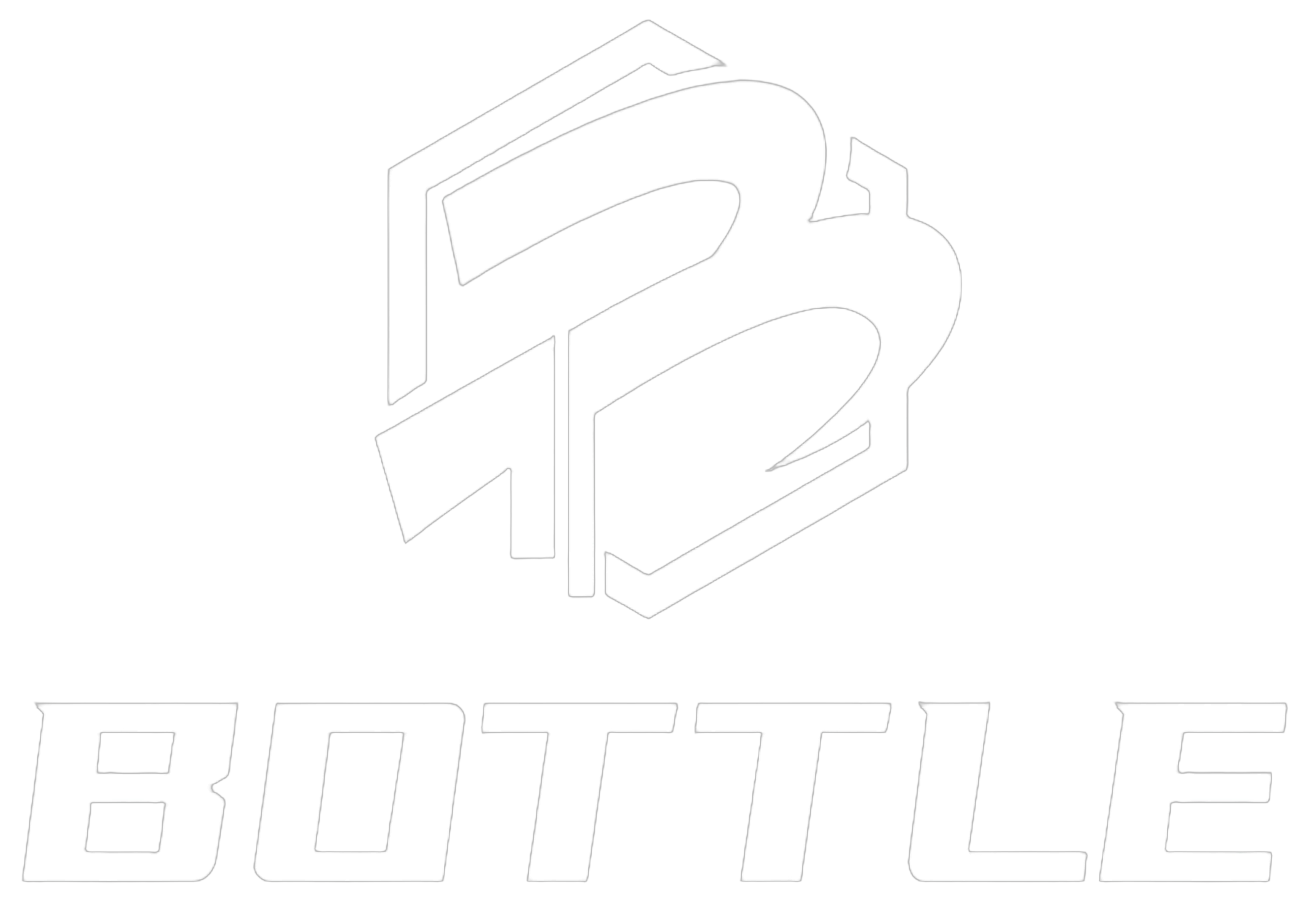Understanding the Critical Role of Chains in Industrial Load Management
The industrial lifting sector has evolved dramatically over the decades, with chain load security emerging as a cornerstone of safe and efficient heavy lifting operations. Modern chains represent an engineering marvel that combines strength, durability, and versatility to ensure loads remain secure during critical lifting tasks. From construction sites to shipping yards, the implementation of proper chain systems has revolutionized how industries approach load security challenges.
The significance of chain load security cannot be overstated in today's fast-paced industrial environment. With increasing regulatory scrutiny and growing emphasis on workplace safety, organizations must understand and implement robust chain-based securing methods. This comprehensive guide explores the multifaceted benefits and applications of chains in heavy lifting operations.
Fundamental Principles of Chain-Based Load Security
Engineering Excellence in Chain Design
Modern lifting chains are manufactured with precise engineering specifications that ensure optimal performance under extreme conditions. The metallurgical composition of these chains includes high-grade alloy steel, carefully selected for its superior tensile strength and resistance to deformation. Each link undergoes rigorous testing to verify its load-bearing capacity and structural integrity.
The design elements of industrial chains incorporate specific features that enhance load security. These include specialized link patterns that distribute stress evenly across the entire chain length, reducing wear and preventing unexpected failures. The surface treatment and hardening processes further contribute to the chain's durability and reliability in demanding environments.
Load Distribution and Force Management
Chain systems excel in distributing forces across multiple points, creating a more stable and secure lifting arrangement. Unlike single-point lifting methods, chains can be configured in various patterns to optimize load balance and minimize stress concentrations. This distributed force approach significantly reduces the risk of load shifts and maintains stability throughout the lifting operation.
The physical properties of chains allow them to adapt to dynamic forces while maintaining their structural integrity. This flexibility, combined with their inherent strength, makes them ideal for securing loads that may experience sudden movements or environmental forces during lifting operations.
Advanced Applications in Heavy Lifting Operations
Multi-Point Lifting Configurations
Industrial lifting often requires complex arrangements to secure and move irregularly shaped or unbalanced loads. Chain systems can be configured into multi-leg assemblies, providing superior control and stability. These configurations allow operators to adjust the load's orientation and maintain precise positioning throughout the lift.
The versatility of chain arrangements enables customized solutions for specific lifting challenges. Whether it's a four-point lift for large machinery or a specialized configuration for unique architectural elements, chains provide the flexibility needed to ensure load security in diverse applications.
Environmental Adaptability
Chain load security systems demonstrate remarkable resilience across various environmental conditions. From extreme temperatures to corrosive atmospheres, properly selected and maintained chains continue to perform reliably. This adaptability makes them invaluable in outdoor construction, marine operations, and harsh industrial settings.
The ability to withstand environmental challenges while maintaining structural integrity sets chains apart from alternative lifting solutions. Their resistance to UV radiation, moisture, and temperature fluctuations ensures consistent performance and longevity in challenging operational conditions.
Safety Features and Compliance Standards
Integrated Safety Mechanisms
Modern chain systems incorporate numerous safety features designed to prevent accidents and equipment failure. Load-indicating links, which provide visual feedback about stress levels, help operators monitor lifting conditions in real-time. Safety latches and hooks ensure secure attachment points, while grade markings allow quick verification of chain specifications.
These built-in safety elements contribute to a comprehensive approach to load security. The combination of physical safety features and clear identification systems helps prevent misuse and ensures appropriate application in various lifting scenarios.
Regulatory Compliance and Certification
The implementation of chain load security systems must align with industry standards and regulatory requirements. International safety standards provide specific guidelines for chain selection, inspection procedures, and maintenance protocols. Compliance with these standards ensures optimal performance and minimizes operational risks.
Regular certification and testing of chain systems validate their continued reliability and compliance with safety regulations. Documentation of these processes creates a clear audit trail and demonstrates commitment to maintaining high safety standards in lifting operations.

Maintenance and Longevity Considerations
Preventive Maintenance Protocols
Maintaining chain load security systems requires systematic inspection and maintenance procedures. Regular visual inspections can identify early signs of wear or damage, while more detailed assessments evaluate chain elongation, wear patterns, and link integrity. Implementing a comprehensive maintenance schedule extends the operational life of chain systems and ensures consistent performance.
Proper storage and handling between uses significantly impact chain longevity. Protection from environmental factors and appropriate cleaning procedures prevent degradation and maintain the chain's structural integrity over time.
Performance Monitoring and Replacement Criteria
Establishing clear criteria for chain replacement helps maintain optimal safety levels and operational efficiency. Regular measurements of chain wear, elongation, and overall condition provide objective data for replacement decisions. Understanding these parameters ensures chains are retired before they pose safety risks.
Documentation of chain usage history and maintenance records supports informed decision-making about replacement timing. This proactive approach to chain management optimizes both safety and cost-effectiveness in heavy lifting operations.
Frequently Asked Questions
What factors determine the appropriate chain grade for lifting operations?
The selection of chain grade depends on several critical factors, including the maximum working load limit, environmental conditions, frequency of use, and specific application requirements. Working with qualified suppliers and engineers ensures proper chain specification for each unique lifting scenario.
How often should lifting chains be inspected?
Professional inspection of lifting chains should occur at least annually, with more frequent inspections recommended for chains used in demanding applications or harsh environments. Daily visual checks by operators should complement these formal inspections to maintain optimal safety standards.
What are the signs that a chain needs immediate replacement?
Key indicators for chain replacement include visible deformation, excessive wear or elongation, damaged or missing components, and signs of corrosion or cracking. Any chain showing these symptoms should be removed from service immediately and evaluated by qualified personnel.
How can proper chain maintenance extend operational lifespan?
Regular cleaning, proper storage, accurate documentation of usage, and adherence to maintenance schedules significantly extend chain life. Avoiding shock loads, maintaining proper lubrication, and protecting chains from environmental damage are essential practices for maximizing service life.


